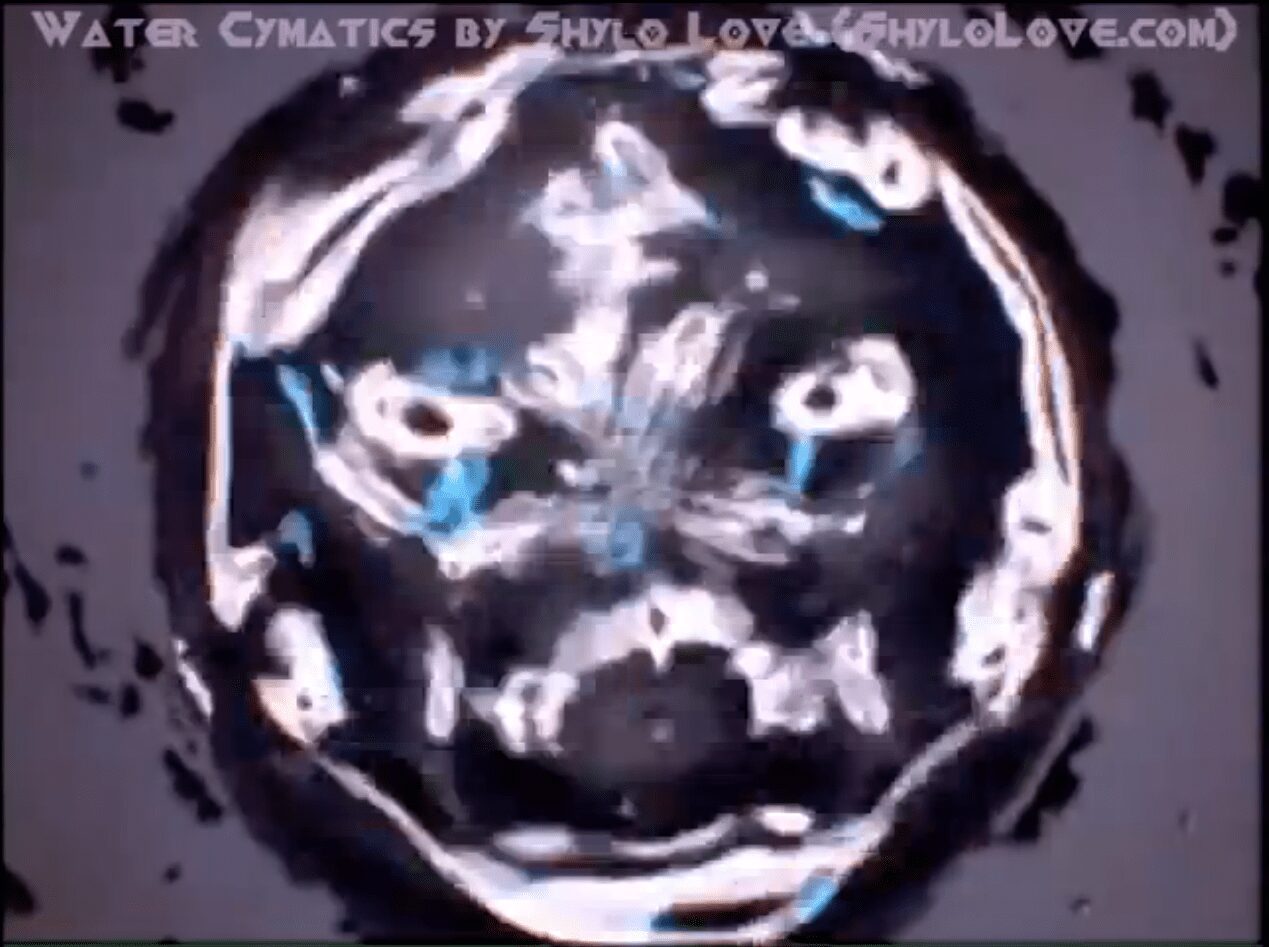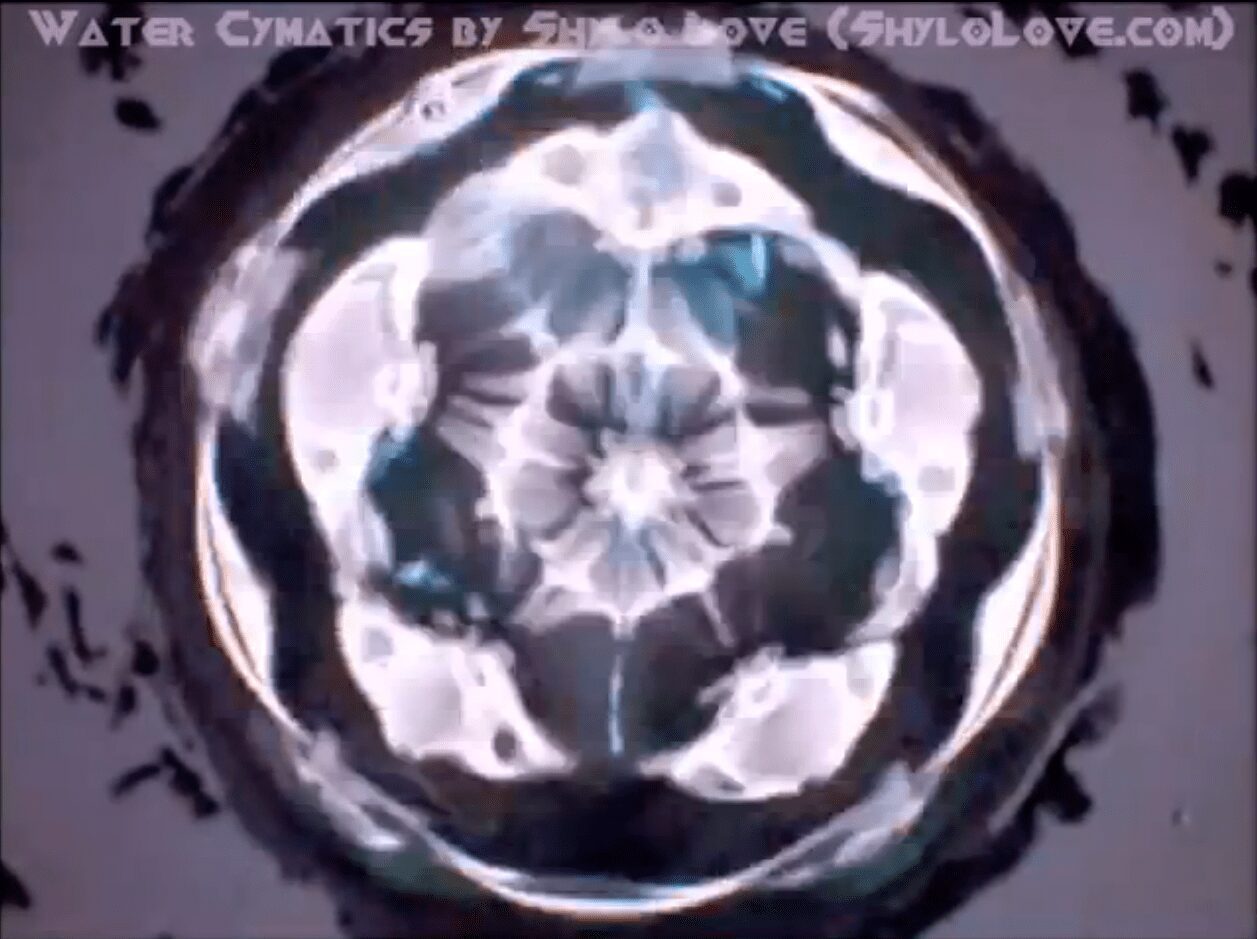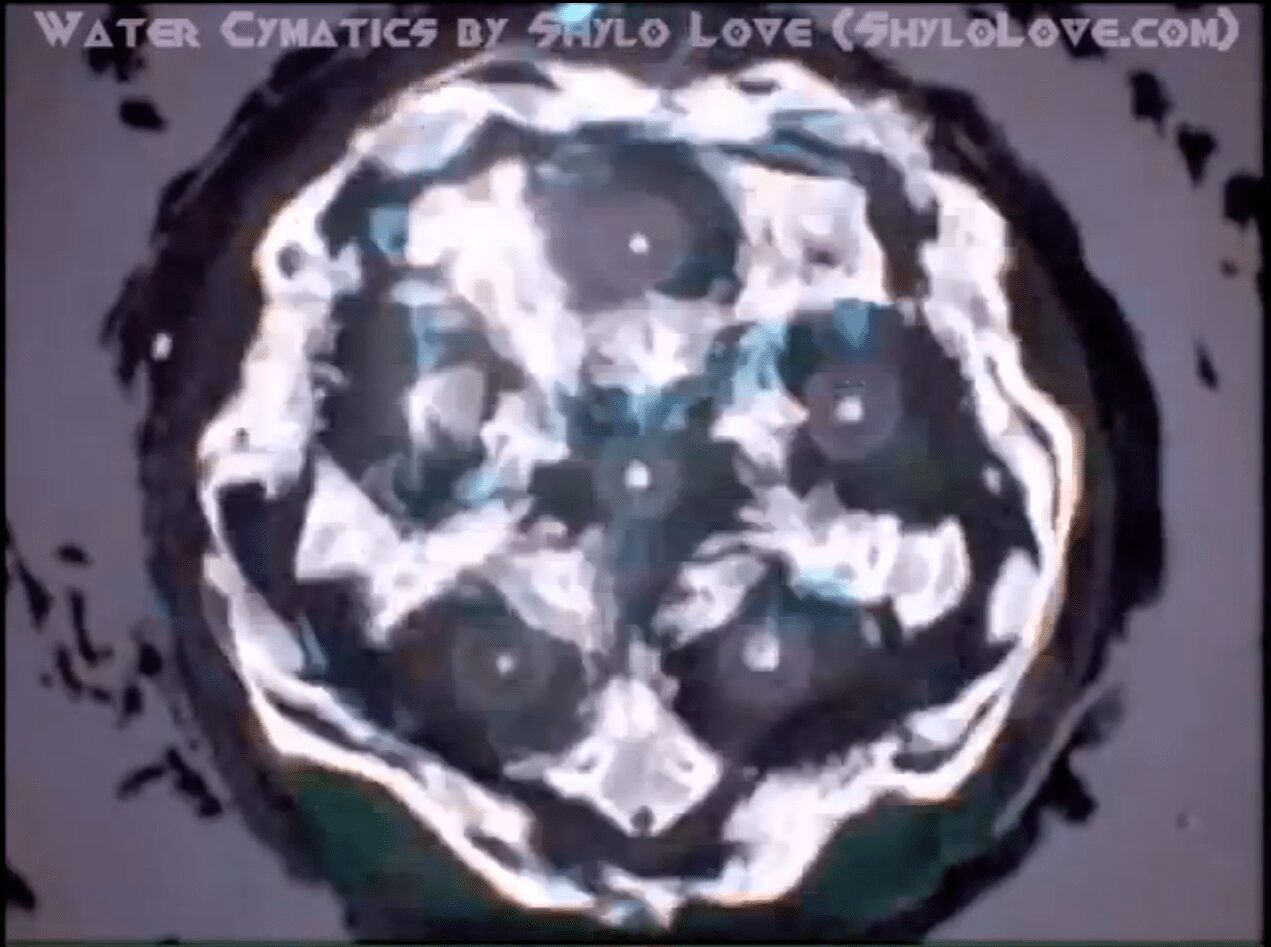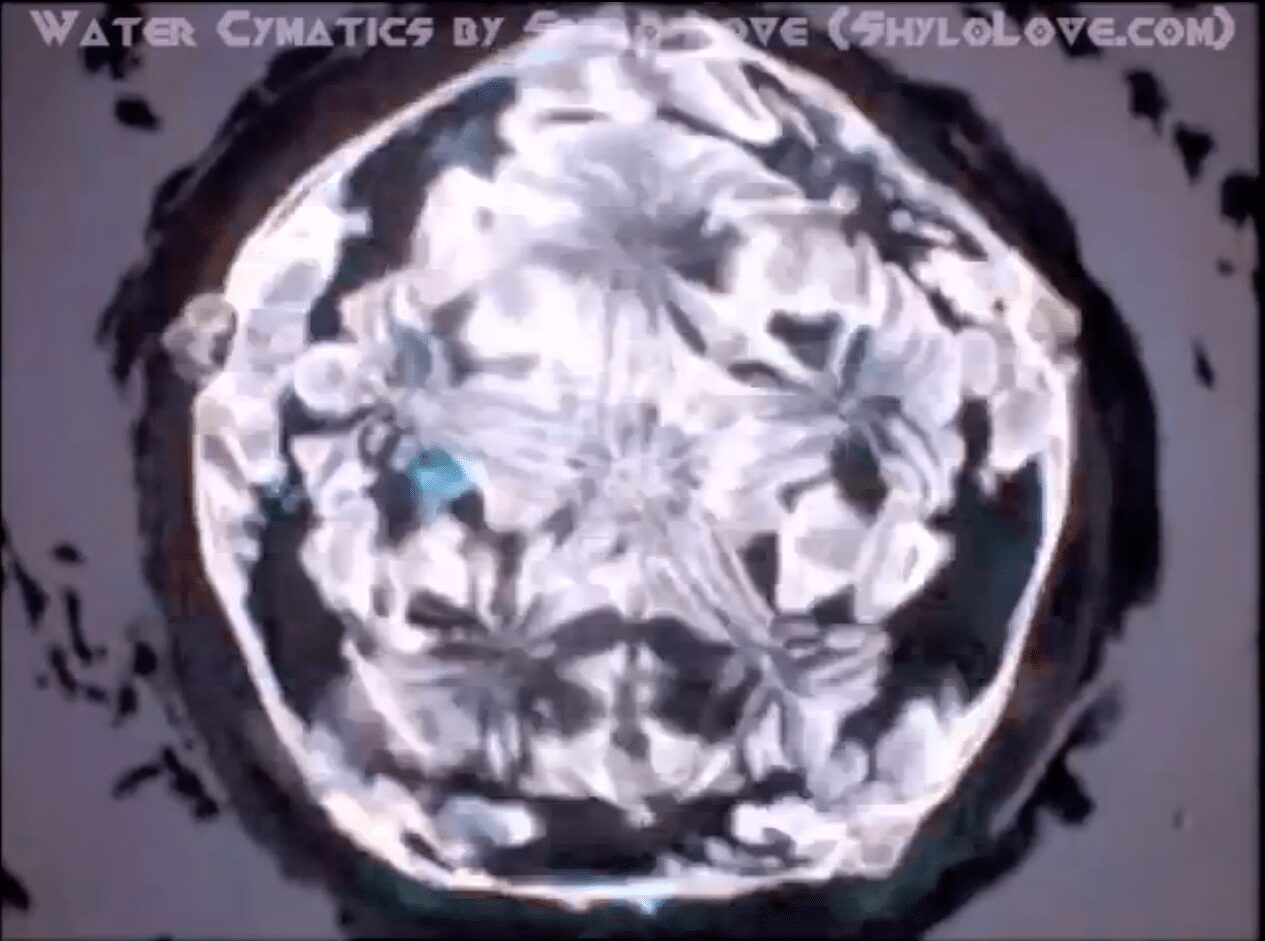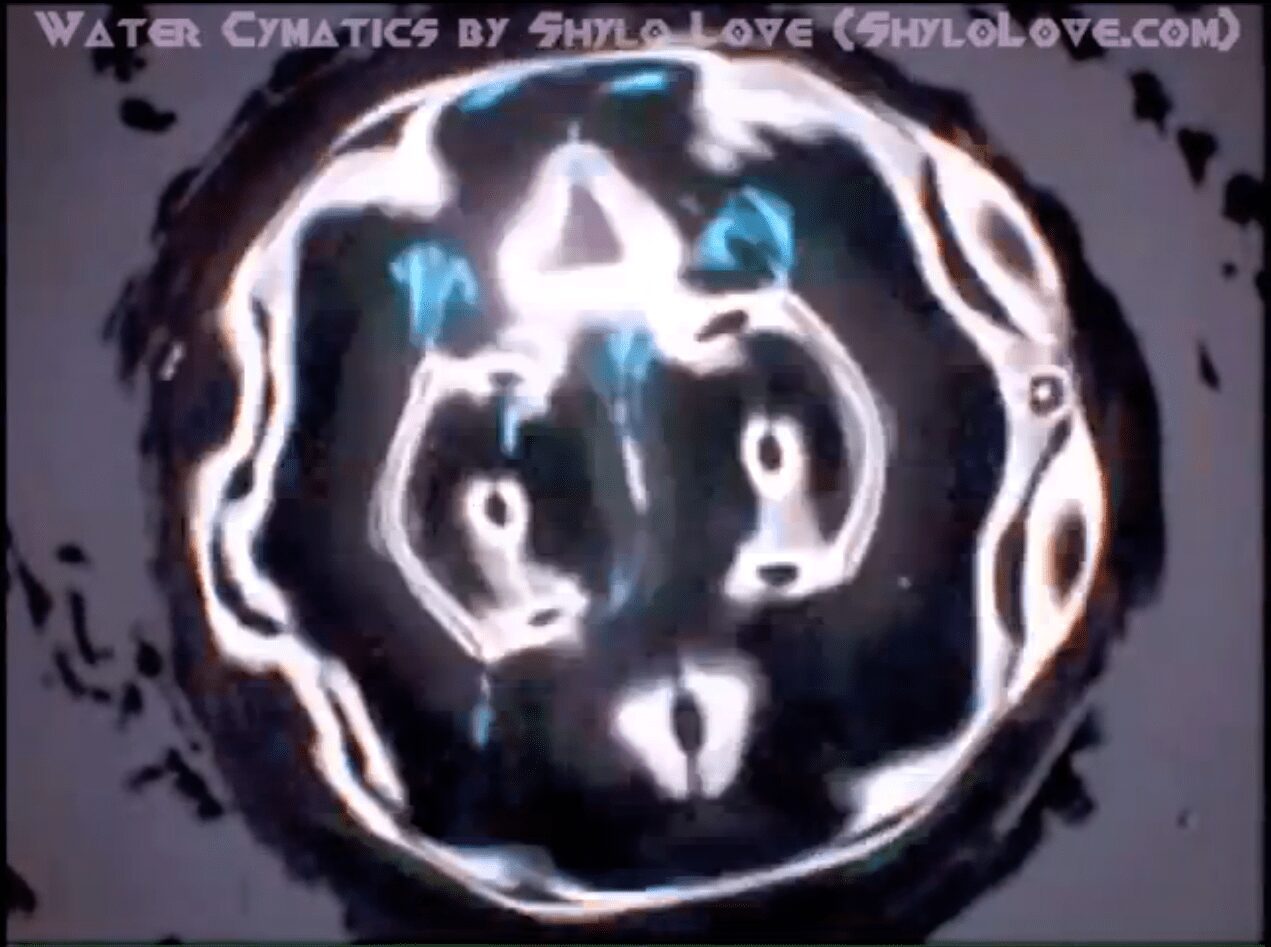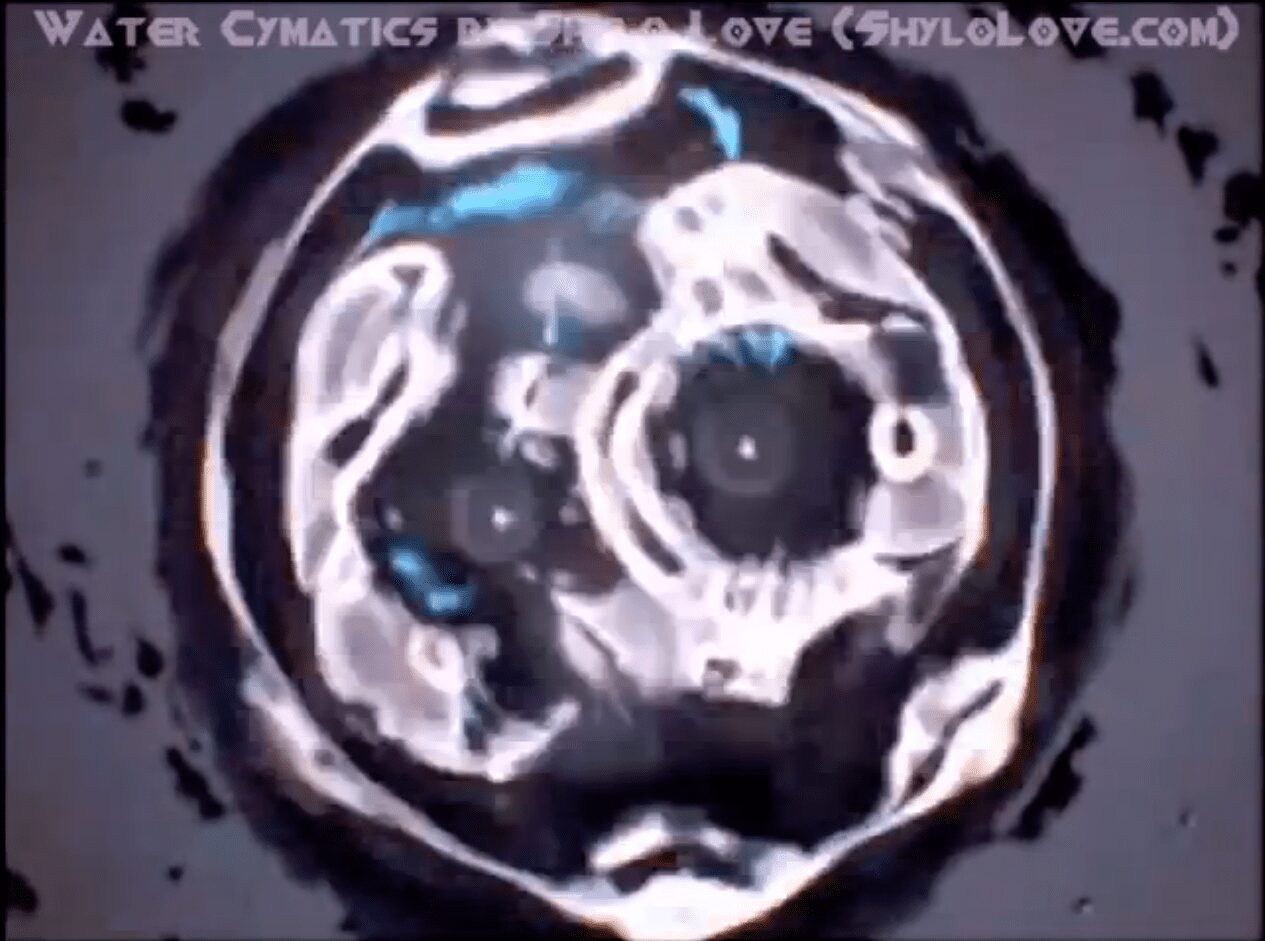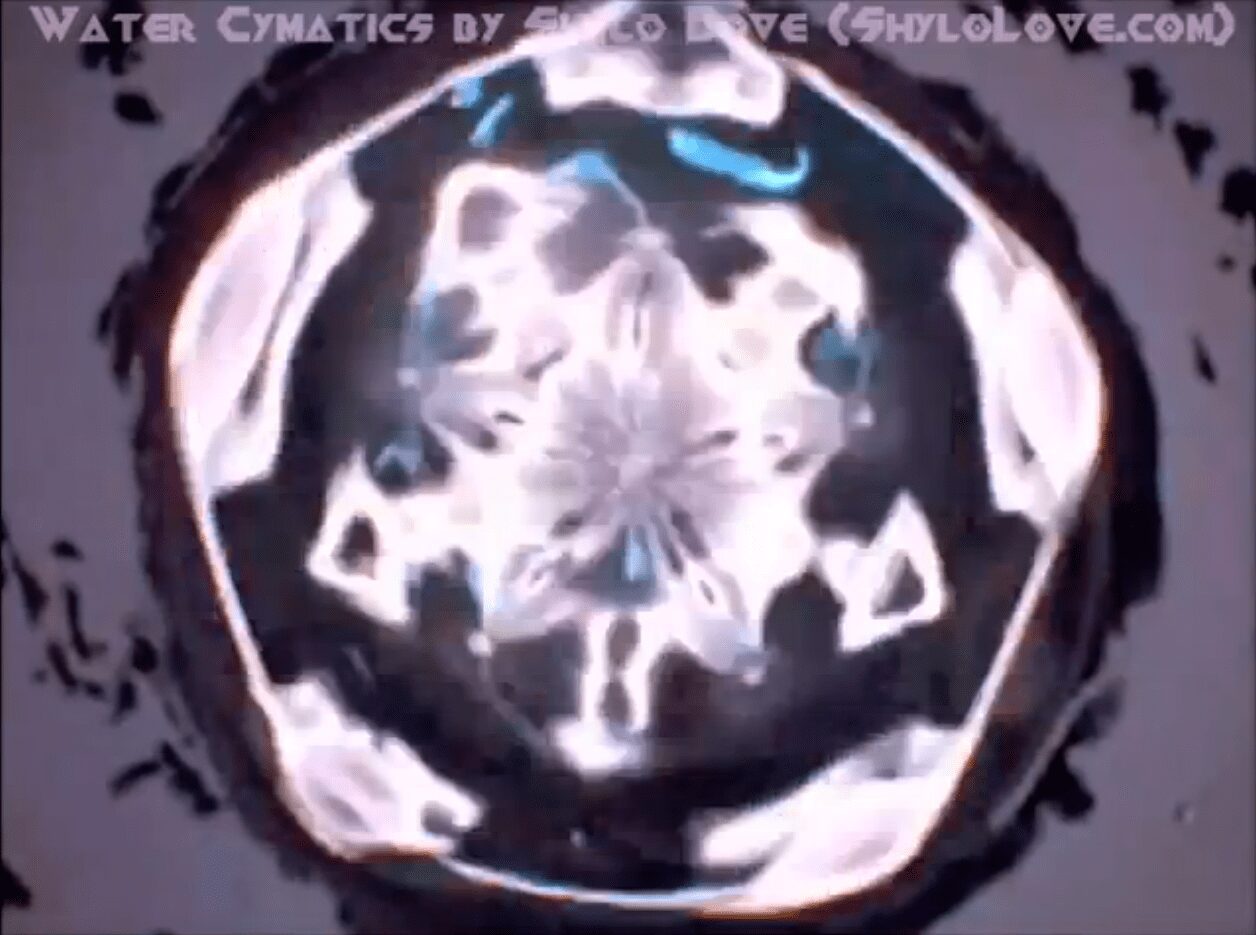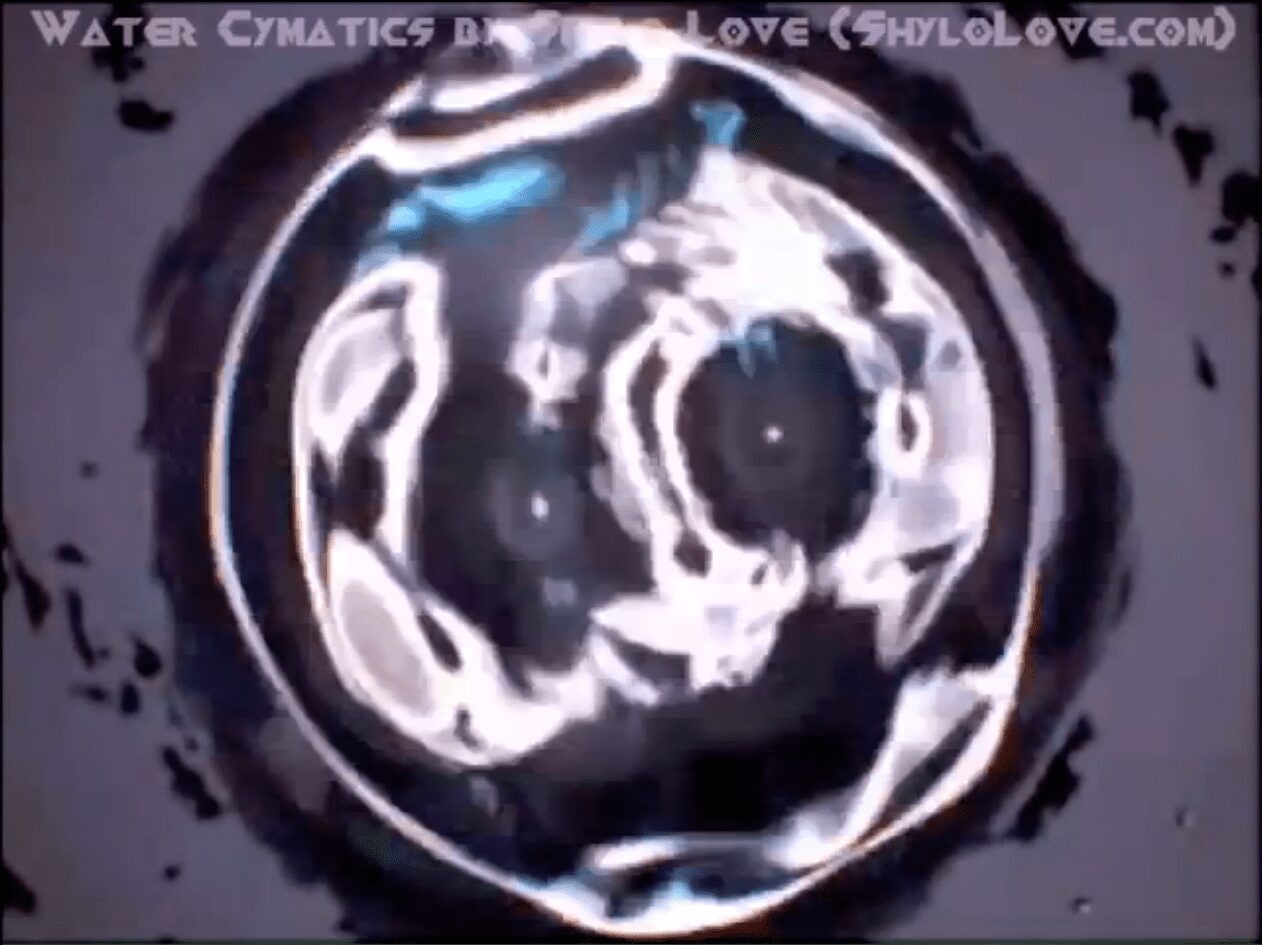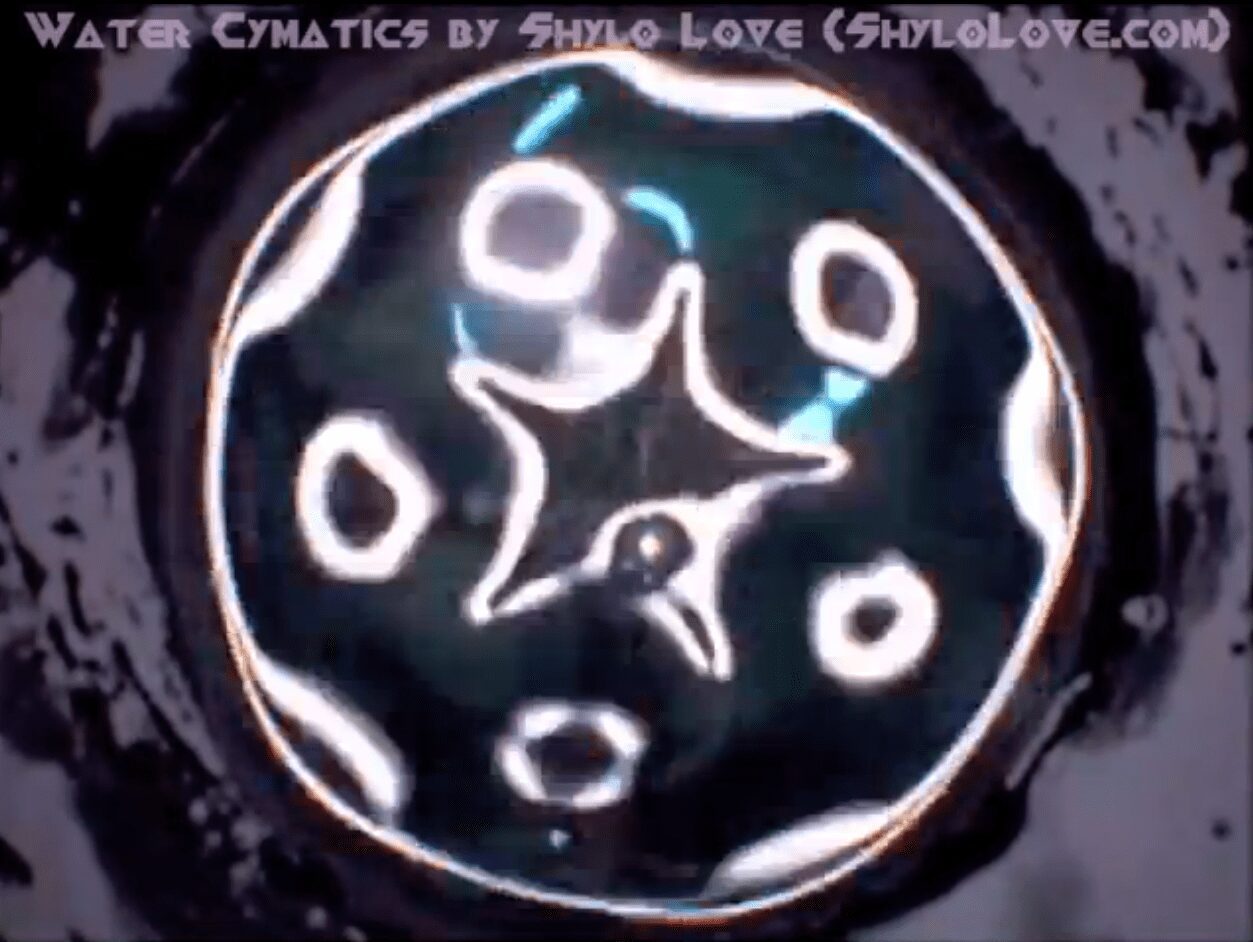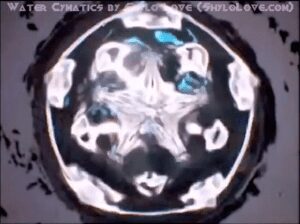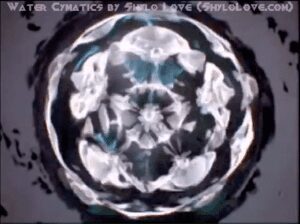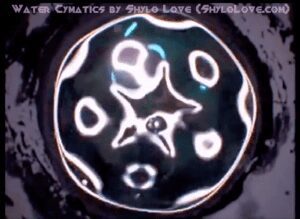Cymatics In-formation
Cymatic Science, Information & Cymaglyphs captured with Shylo's Homemade Cymaglyph Making Devices.

Cymatics, from Greek: κῦμα, meaning “wave”, is a subset of modal vibrational phenomena.
Notice: Undefined index: id in /home/soundlov/public_html/wp-includes/class-wp-list-util.php on line 170
Notice: Undefined index: id in /home/soundlov/public_html/wp-includes/class-wp-list-util.php on line 170
Notice: Undefined index: id in /home/soundlov/public_html/wp-includes/class-wp-list-util.php on line 170
Notice: Undefined index: id in /home/soundlov/public_html/wp-includes/class-wp-list-util.php on line 170
Notice: Undefined index: id in /home/soundlov/public_html/wp-includes/class-wp-list-util.php on line 170
Notice: Undefined index: id in /home/soundlov/public_html/wp-includes/class-wp-list-util.php on line 170
Notice: Undefined index: id in /home/soundlov/public_html/wp-includes/class-wp-list-util.php on line 170
Notice: Undefined index: id in /home/soundlov/public_html/wp-includes/class-wp-list-util.php on line 170
Notice: Undefined index: id in /home/soundlov/public_html/wp-includes/class-wp-list-util.php on line 170
Notice: Undefined index: id in /home/soundlov/public_html/wp-includes/class-wp-list-util.php on line 170
Notice: Undefined index: id in /home/soundlov/public_html/wp-includes/class-wp-list-util.php on line 170
Notice: Undefined index: id in /home/soundlov/public_html/wp-includes/class-wp-list-util.php on line 170
Notice: Undefined index: id in /home/soundlov/public_html/wp-includes/class-wp-list-util.php on line 170
Notice: Undefined index: id in /home/soundlov/public_html/wp-includes/class-wp-list-util.php on line 170
Notice: Undefined index: id in /home/soundlov/public_html/wp-includes/class-wp-list-util.php on line 170
Notice: Undefined index: id in /home/soundlov/public_html/wp-includes/class-wp-list-util.php on line 170
Notice: Undefined index: id in /home/soundlov/public_html/wp-includes/class-wp-list-util.php on line 170
Notice: Undefined index: id in /home/soundlov/public_html/wp-includes/class-wp-list-util.php on line 170
Notice: Undefined index: id in /home/soundlov/public_html/wp-includes/class-wp-list-util.php on line 170
Notice: Undefined index: id in /home/soundlov/public_html/wp-includes/class-wp-list-util.php on line 170
Notice: Undefined index: id in /home/soundlov/public_html/wp-includes/class-wp-list-util.php on line 170
Notice: Undefined index: id in /home/soundlov/public_html/wp-includes/class-wp-list-util.php on line 170
Notice: Undefined index: id in /home/soundlov/public_html/wp-includes/class-wp-list-util.php on line 170
Notice: Undefined index: id in /home/soundlov/public_html/wp-includes/class-wp-list-util.php on line 170
Notice: Undefined index: id in /home/soundlov/public_html/wp-includes/class-wp-list-util.php on line 170
Notice: Undefined index: id in /home/soundlov/public_html/wp-includes/class-wp-list-util.php on line 170
Notice: Undefined index: id in /home/soundlov/public_html/wp-includes/class-wp-list-util.php on line 170
Notice: Undefined index: id in /home/soundlov/public_html/wp-includes/class-wp-list-util.php on line 170
Notice: Undefined index: id in /home/soundlov/public_html/wp-includes/class-wp-list-util.php on line 170
Notice: Undefined index: id in /home/soundlov/public_html/wp-includes/class-wp-list-util.php on line 170
Notice: Undefined index: id in /home/soundlov/public_html/wp-includes/class-wp-list-util.php on line 170
Notice: Undefined index: id in /home/soundlov/public_html/wp-includes/class-wp-list-util.php on line 170
Notice: Undefined index: id in /home/soundlov/public_html/wp-includes/class-wp-list-util.php on line 170
Notice: Undefined index: id in /home/soundlov/public_html/wp-includes/class-wp-list-util.php on line 170
Notice: Undefined index: id in /home/soundlov/public_html/wp-includes/class-wp-list-util.php on line 170
Notice: Undefined index: id in /home/soundlov/public_html/wp-includes/class-wp-list-util.php on line 170
Notice: Undefined index: id in /home/soundlov/public_html/wp-includes/class-wp-list-util.php on line 170
These cymatic images were made by Shylo Love, using a home made cymatic making device. Essentially a black plastic bowl, with an inch or so of water in it, sitting balanced on a speaker, attached to an amplifier with an iphone frequency generator application feeding frequencies to the speaker. Directly above this, a camera mounted in the center of a donut shaped light source to capture the images made in the vibrated water below. (photos of the device will be posted soon)
Shylo was inspired by the “Cymascope“. A cymatic making device of industrial size that creates incredible cymatic images in great and perfect detail. Learn more about at http://www.cymascope.com
What are “cymatics” you ask?
Cymatics, from Greek: κῦμα, meaning “wave”, is a subset of modal vibrational phenomena. The term was coined by Hans Jenny (1904-1972), a Swiss follower of the philosophical school known as anthroposophy.
Cymatics is the study of the visible effects of sound and vibration on matter. This fascinating field has been around since ancient times, but it wasn’t until the 18th century that scientists began to study it in a systematic way. Today, cymatics is a cutting-edge area of research that has important implications for fields such as medicine, music, and even architecture.
One of the most exciting developments in cymatics is the creation of cymaglyphs, which are intricate patterns formed by sound waves in a specially prepared medium. Typically the surface of a plate, diaphragm or membrane is vibrated, and regions of maximum and minimum displacement are made visible in a thin coating of particles, paste or liquid.[1]
Different patterns emerge in the excitatory medium depending on the geometry of the plate and the driving frequency. The apparatus employed can be simple, such as the old Chinese singing bowl, in which copper handles are rubbed and cause the copper bottom elements to vibrate. Other examples include the Chladni Plate[2] and the so-called cymascope. WIKIPEDIA
These patterns can be captured using high-speed cameras and analyzed to reveal important information about the properties of sound and vibration. Researchers are using cymaglyphs to study everything from the effects of different musical frequencies on the human body to the behavior of sound waves in different environments.
Cymaglyphs are also being used in therapeutic settings, with some practitioners using them to create personalized sound therapies for their clients. By analyzing a person’s unique cymaglyph, it may be possible to identify imbalances or blockages in their energy field and develop a sound therapy protocol to help restore balance and harmony. While this approach is still in its early stages, preliminary research suggests that it may be a promising tool for promoting health and wellness (1).
In conclusion, cymatics and cymaglyphs are exciting areas of research that have the potential to revolutionize our understanding of sound and vibration. By studying the visible effects of sound on matter, we can gain new insights into the properties of sound and its impact on our physical, mental, and emotional well-being. With further research and exploration, cymatics and cymaglyphs may become important tools for promoting health and healing.
References:
- Blasdel, K., & Salmons, J. (2020). The use of cymatic imagery in sound therapy. Journal of Alternative and Complementary Medicine, 26(5), 413-418. https://doi.org/10.1089/acm.2019.0317
- Su, Y. H., & Chan, C. C. (2018). Cymatics-based sound therapy: A pilot study for chronic pain patients. Journal of Evidence-Based Integrative Medicine, 23, 2156587218810008. https://doi.org/10.1177/2156587218810008
- Rossing, T. D. (2018). The science of sound: Third edition. Springer.

